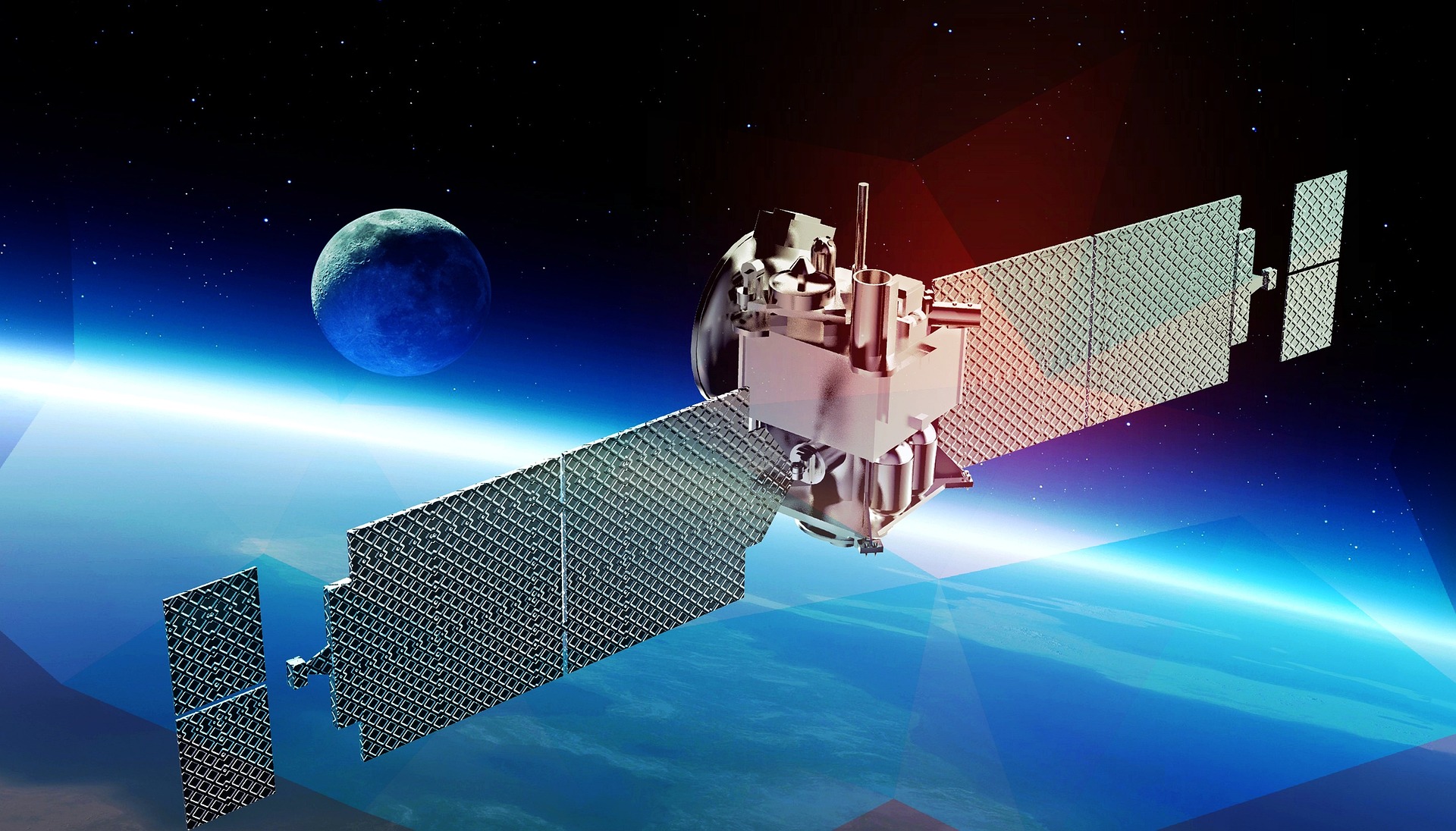Decoding the Intricacies of Neuromorphic Computing: A New Dawn
Dive into the fascinating world of neuromorphic computing, a technology that promises to redefine the future of electronics. This article takes you on a journey from its inception to its potential applications, exploring its potential to revolutionize the tech landscape.

The Genesis of Neuromorphic Computing
Neuromorphic computing is a concept that has its roots in the 1980s. Carver Mead, a pioneer in the field of microelectronics, was the first to propose this idea. The term ‘neuromorphic’ refers to ‘neuron’ and ‘form’ and aims to design hardware that mimics the neuro-biological architecture present in the nervous system. The idea was to create a system that could process information like a human brain, marked by adaptability, resilience, and low power consumption.
The Inception and Progression
For years, the concept of neuromorphic computing remained largely theoretical. However, with the advancement in technology, researchers started developing neuromorphic chips in the early 2000s. For instance, IBM introduced TrueNorth, a neuromorphic chip that contained 1 million programmable neurons and 256 million programmable synapses. Similarly, Intel launched Loihi, a chip that incorporates learning rules into its hardware. These chips showed that neuromorphic computing was not just a concept, but a reality.
Neuromorphic Computing in Today’s World
Fast forward to the present day, neuromorphic computing has gained significant attention. Recently, the European Union initiated the Human Brain Project, aiming to develop a brain-inspired supercomputer. Meanwhile, companies like IBM and Intel continue to improve upon their neuromorphic chips. However, it’s worth noting that the technology is still in its nascent stages, and widespread commercial usage is yet to be seen.
Neuromorphic Computing: Potential Market Impact and Price Range
As neuromorphic computing continues to evolve, its potential market impact is projected to be significant. It’s anticipated that it could revolutionize sectors such as robotics, healthcare, and cybersecurity, where real-time processing and decision-making are crucial. As for the price range, it is challenging to provide an accurate estimate at this stage. The cost will heavily depend on the scale of production and the complexity of the neuromorphic systems being produced.
Wrapping Up: The Future of Neuromorphic Computing
While neuromorphic computing is still in its infancy, its potential is enormous. The technology holds promise for creating more efficient, agile, and intelligent systems that could redefine the future of electronics. However, challenges lie ahead, including the need for more research and development, and the creation of new algorithms and programming models. As we continue to explore this frontier, one thing is clear: Neuromorphic computing represents a significant step forward in our quest to mimic the human brain’s processing capabilities.





